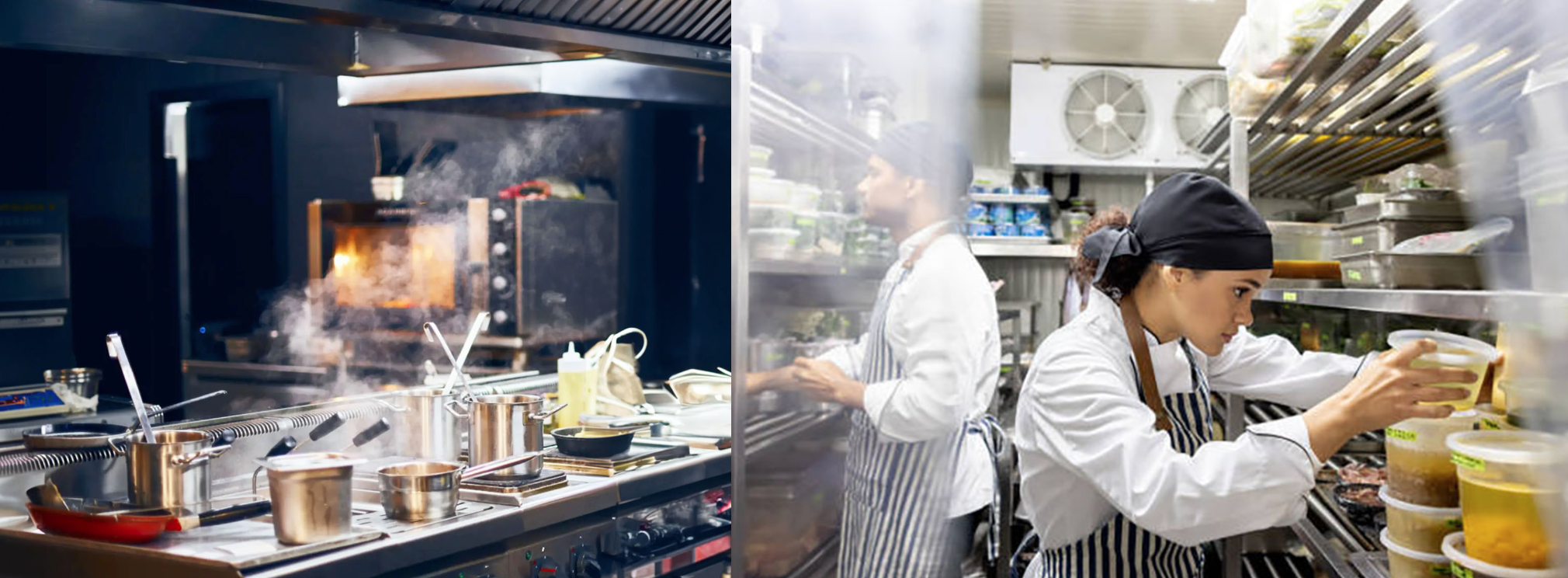WHAT DO I MEAN BY BALANCE
So, the balance in terms of getting the correct menu structure is multifaceted, but fear not, as I am going to chunk it down for you. Use this as a check list.

Devising the menu
You will never please all the people all the time. That is what my grandfather used to quote to a much younger me. The same is true for the restaurant world. That said, we must give our best shot (sorry, Grandad), but never lose sight of your identity; you must remain true to who you are!There are ways to navigate this.
Rather than just starting scribbling dishes you want to put on a menu, create slots that steer the dish creator in the right direction. Here creativity gets balanced with structure.

Dish Balance
You know a lot of chefs do not even taste their own food! I know it is criminal, right? I have put this theory to many chefs. The response is usually an angry “yes, I do.”. Ok, have you sat down and used a knife and fork to eat the dish at a real table, as if you were a guest? Of course they do not. At best they will stand at the pass, sometimes with the team, and dive in (usually with fingers). Often the testing panel is too scared to speak up with their true opinion.
So, you can imagine the results. Either the dishes are too overworked (showing off what can be done to
impress their peers) so you lose the identity of the main component, or they just lack a bit of direction, or in this case balance.
I have been guilty of those things in my youth, and now I coach the right way to professionals. It does help that I can lean in on my past mistakes (some great successes too, I might add).
It would be extremely easy for me to rant for hours on this section, but for now I will leave it there.
Delivery
So, we are happy with the dishes and the menu choices. Here is the next question. Is it deliverable with ease through the service without causing problems? Question the quiet services and the busy ones.
Putting them all together at the same time can cause problems and thus ruin your reputation. Be mindful of the teams delivering this.
Think about this. Prep heavy service light. By that, I mean you may create something stunning that requires a lot of work during mis-en-place time; if so, make it quick for service, not a lot of last-minute pan work.
On the other hand, that can be balanced with the reverse. Light on prep heavy for service; an example could be a piece of prime fish (kindly and lovingly prepared by your fishmonger). simple garnish, last-minute cookingUse a balance of the two to help the flow of delivery.

The Team
Are you being realistic with the team size? Can they deliver what you are asking without tripping up? Can we find efficiencies to help the flow of the service? A bit of out-of-the-box thinking (that is your prompt to call for my services).
Equipment
Do you have the tools to do the job? How is your kitchen design? Do you have enough fridge space to cope with the menu? How does the kitchen set up look?

Work balance and semi-finished products
I know this may cause offence to some, but this is me casting my net wide.
What can be procured to make the work balance easier?
Let me just explain. I do use the word semi-finished products for two reasons: 1 less offensive to the team, and 2 If you are just buying food and selling it straight out, you do not need me (unless, of course, you need kitchen design or workflow). You see, I am casting that net wide.
Semi-finished products might include things like puff pastry, stocks, sauces, etc. They need a bit of your loving touch to finish your dish, but base work is removed. I have many of these product ideas in my arsenal and a procurement team to back me up.
If you need advice or feel you are guilty of one or all the points, then my services are here to help you. I am reachable througn my website, clivedixonconsultancy.com
